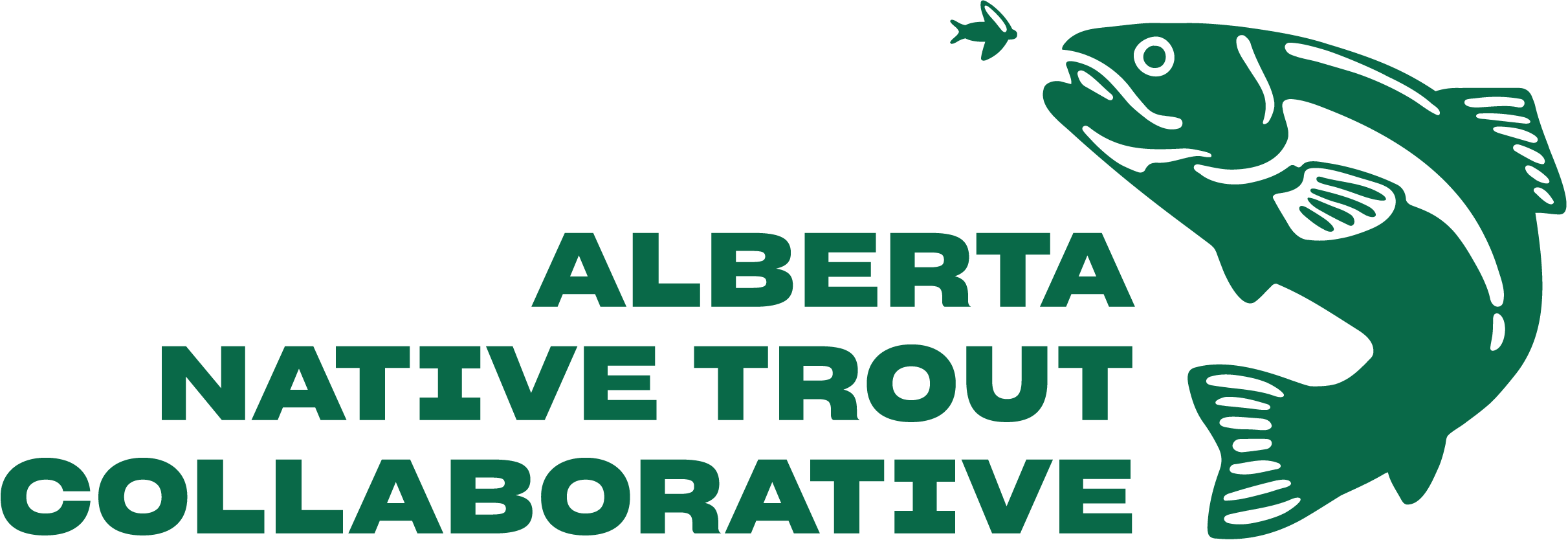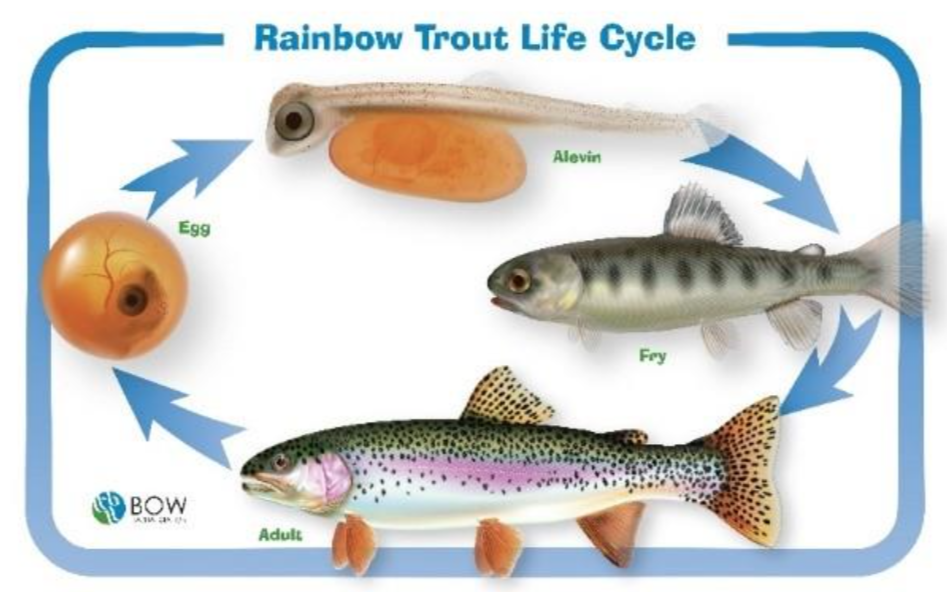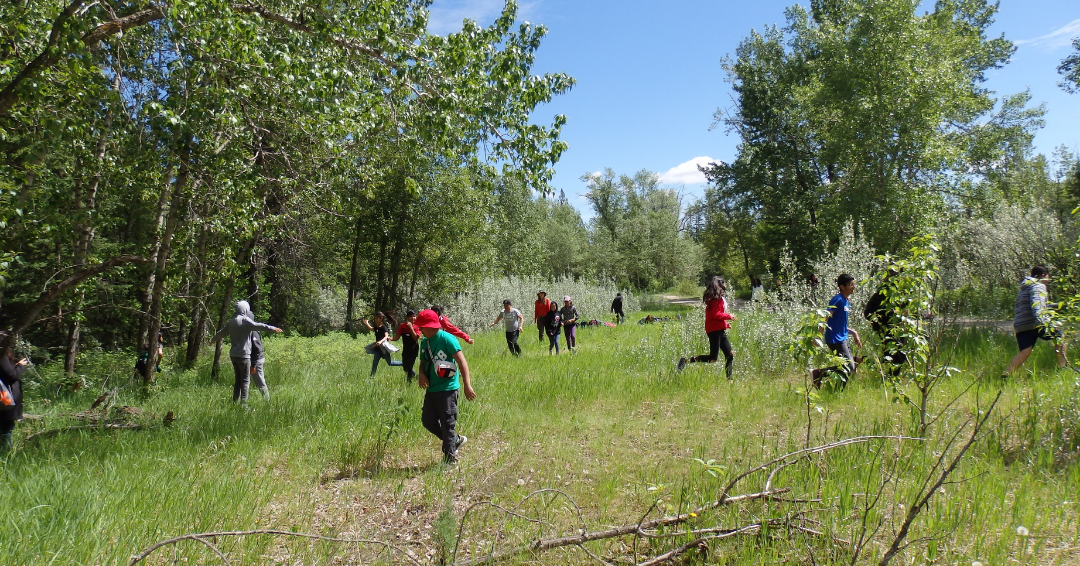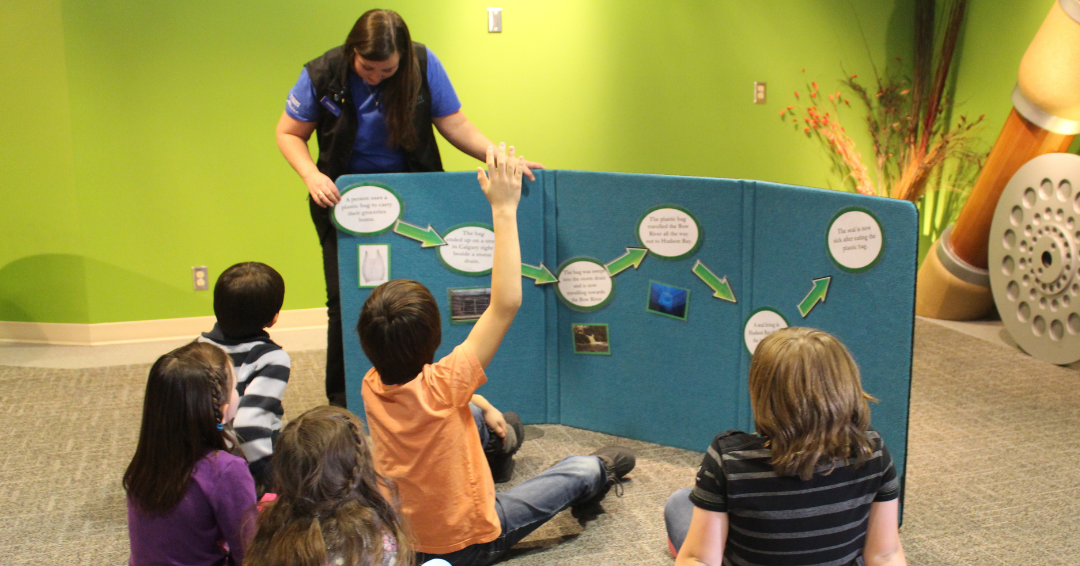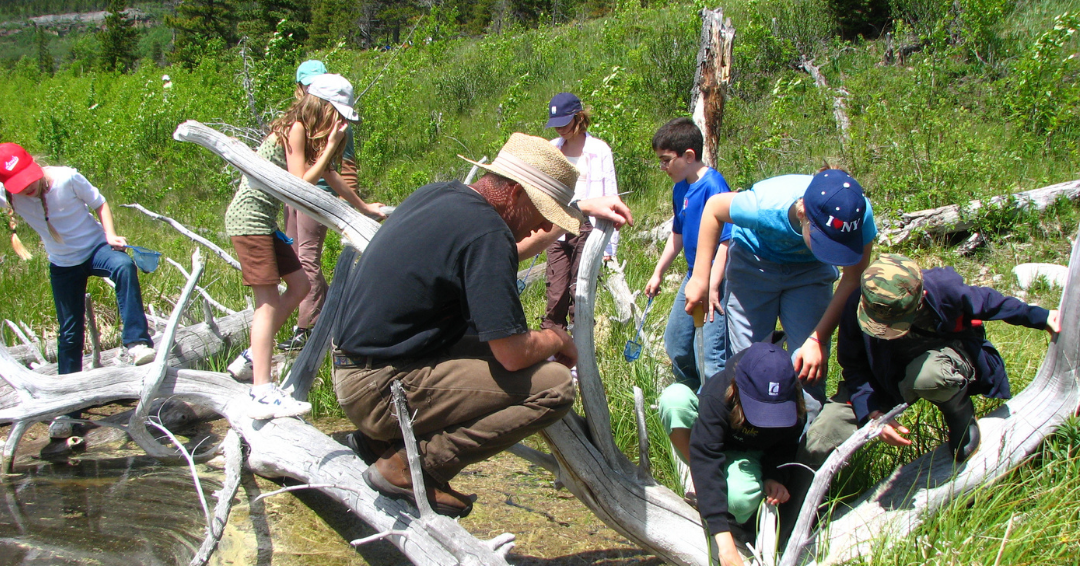Put yourselves in the fins of Alberta’s native trout and try to survive from egg to adult!
PURPOSE
In this game, participants will put themselves in the fins of Alberta’s native trout and try to survive to adulthood. Learn about trout lifecycles and the human impacts that make it challenging for them to survive.
RECOMMENDED GRADES
Grades 1-4
TIME NEEDED
15 minutes
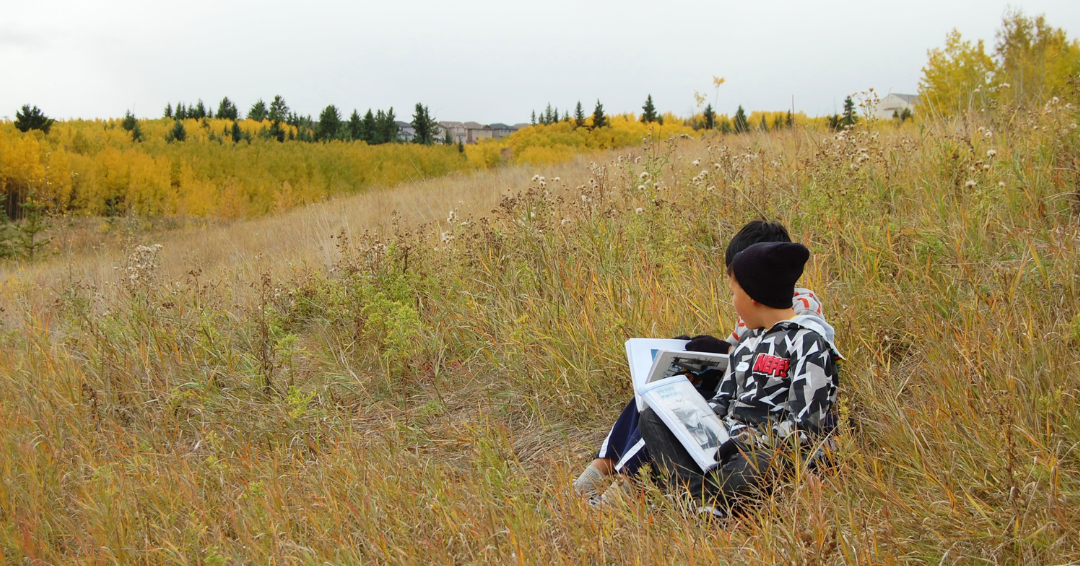
Curriculum CONNECTIONS
Matter (Grade 3)
Earth Systems (Grades 1-4)
Living Systems (Grade 1-3)
MATERIALS NEEDED
AV equipment for interactive website.
Instructions
- Meet three of Alberta’s native trout species on this interactive webpage: Meet Alberta's Native Trout.
- Using what you learned on the website, discuss the status of native trout in Alberta (threatened) and why they might be disappearing.
- Showcase and discuss the life cycle of a trout image. Here is an excerpt from Alberta Fly Fishing Adventures on the bull trout life cycle: “Spawning typically occurs in the fall, from late August to early November, in cold, gravel-bottomed streams with low sediment levels. Females create redds (nests) in the gravel, where they lay their eggs. After fertilization, the eggs incubate over the winter, with fry emerging in the spring. Juvenile bull trout spend several years in their natal streams before reaching maturity and, in the case of migratory populations, moving to larger bodies of water.”
- Review the different lifecycle stages of trout and how to act it out:
-
- Egg: Curl up into a ball (crouching on the floor)
- Alevin: Make a pouch on your front with their arms (like a self-hug) and “swim” around the room
- Fry: Point your arms backwards and “swim” around the room
- Adult: Point your arms forwards (to grow/lengthen into a full-size trout) and “swim” around the room
-
- Demonstrate the rock, paper, scissors game: rock breaks scissors, paper wraps rock, scissors cuts paper.
- Explain to students that it isn’t easy being a fish because there are so many things that can cause you harm: habitat loss, overfishing, pollution, climate change, invasive species (e.g. brook trout), predators (e.g. birds and other fish).
- Have each student start out as an egg and play rock paper scissors with a partner.
- The student that wins will get to move on to the next lifecycle stage.
- Students that don’t win will have to keep playing until they win.
- After each round of rock paper scissors, “swim” around the room to another partner.
- Students will need to win 3 times before they become an adult trout.
- For added complexity, introduce challenges to trout such as loss of habitat, habitat is too hot, recreation users trampled your shelter, etc. “Those wearing white runners have lost their connection to their river and need to start over as an egg.”
- When several students have succeeded you can stop the game and explain why most of the group did not survive (due to the reasons listed above). Discuss their observations. How long did it take to become an adult fish? How could this impact future trout populations?
- Ask the students to brainstorm some solutions to the human impacts affecting native trout survival. Play a round of rock-paper-scissors-trout with fewer challenges for the trout (i.e., more survive to adulthood).
Discussion:
- As a carnivore and an apex predator, bull trout don’t have many natural predators. Most of the students were not surviving the game because of human impacts. Dig deeper into these impacts, such as pollution from coal mining (Coal Mine Free Alberta), climate change impacts (e.g. increased water temperatures and drought), and movement barriers (e.g. dams and culverts) that prevent bull trout from surviving and reaching their spawning grounds.
- Discuss ways that youth can protect native trout and take action to mitigate human impacts.
Extension:
- Discover ways that anglers, ranchers, off highway vehicle (OHV) users, hikers, and campers can support native trout recovery through our interactive tool Stand Up For Alberta's Native Trout.
Detailed Curriculum Connection
Pair This Activity With
See All Native Trout Activities
This activity is courtesy of the
Alberta Native Trout Collaborative
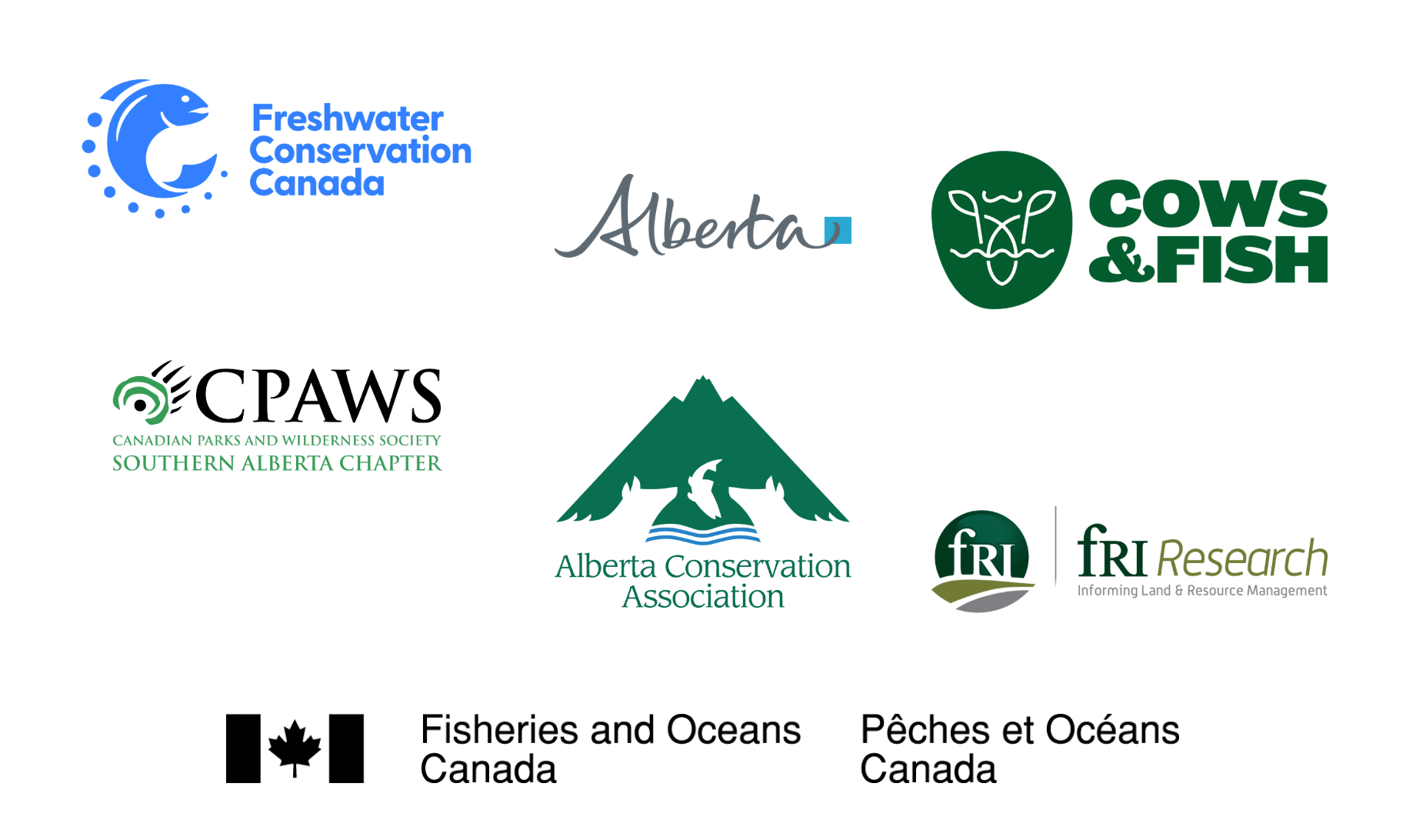
Learn more at albernativetrout.com
